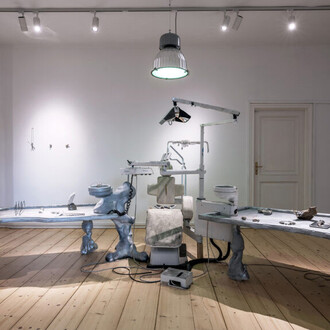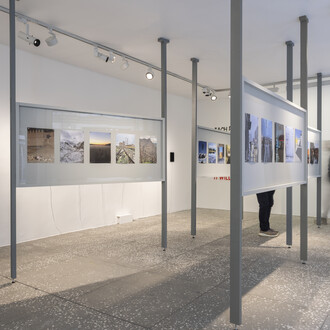Lääne County’s coast is low-lying, with numerous inlets and islands both large and small. The land rises only gradually in an inland direction. This region is not blessed with fertile soil – the substrate overlying limestone is thin, and extensive areas are covered by wooded meadows and juniper.
At the turn of the 19th and 20th century, the economy of western Estonia – and Lääne County in particular – started lagging behind central and southern Estonian counties. The transition to tenant farms and smallholdings also progressed more slowly. The low standard of living was also seen in the buildings and everyday life of the peasant people. As late as the early 20th century, Lääne County had a number of chimneyless dwellings.
The Estonian Open Air Museum offers a glimpse of what life was like on the serfdom-era Sassi-Jaani farm from Kullamaa parish. This is the museum’s instructional farm – here the methods used to construct farm buildings are explained, and household implements and old-fashioned agriculture and herding are demonstrated. On the other side of the village street is the Köstriaseme tenant farm from Hageri parish, dating from the late 19th century, and Nuki cotter’s yard originating from Lääne-Nigula parish. At the end of the main museum road is the grand Nätsi windmill from Mihkli parish.
















